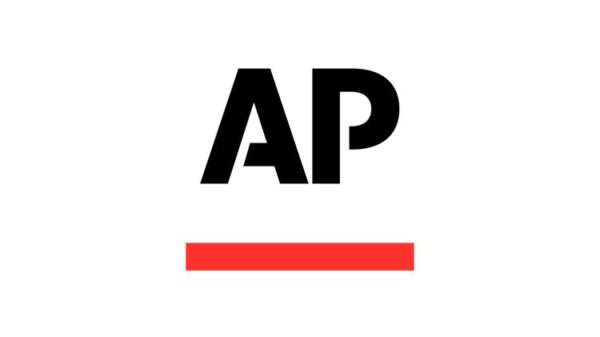Organizations are increasingly turning to plugin integration as a strategic approach to enhance the efficiency of their documentation processes using the Digital Information and Technical Architecture (DITA) standard. This framework is essential for creating, managing, and delivering complex documentation, particularly as content delivery formats become more diverse.
Understanding DITA and Its Challenges
DITA facilitates modular content creation, allowing technical writers to produce reusable and structured documentation. Despite its many advantages, users often face challenges that can hinder productivity. Key issues include:
- Complexity of Integration: Integrating DITA with existing systems can be labor-intensive and time-consuming.
- Output Format Limitations: While DITA provides flexibility, converting content into multiple formats such as PDF or HTML5 can be cumbersome.
- User Adoption: Some authors may struggle with DITA’s markup language, potentially limiting overall productivity.
These challenges can significantly impede efficiency and impact project delivery timelines.
The Role of Plugins in Enhancing DITA Output
To address these issues, plugin integration offers targeted solutions that enhance productivity and streamline output processes. Here are several ways that plugins can improve DITA output efficiency:
Seamless Integration with Existing Tools: Many organizations utilize various software tools for documentation workflows. The right plugins enable DITA to interface easily with content management systems (CMS), version control systems, and collaborative platforms. For instance, integrating DITA with popular CMS platforms like WordPress or Confluence through custom plugins can automate content transfer and update processes, significantly reducing manual input and potential errors.
Automating Output Formats: Plugins can facilitate the automatic conversion of DITA content into various output formats. For example, a plugin could seamlessly transform DITA into HTML5, PDF, or even EPUB, ensuring consistency across outputs. By automating these conversions, technical writers can save significant time on formatting tasks, allowing them to concentrate on improving content quality.
Enhanced Authoring Experience: To foster user adoption, plugins that simplify the authoring experience can be integrated into DITA workflows. For instance, employing WYSIWYG (What You See Is What You Get) editors can provide a more intuitive interface for non-technical users. Additionally, plugins offering inline help, context-sensitive documentation, or even AI-driven suggestions can empower authors to produce high-quality content more efficiently.
Workflow Customization and Management: Customizable workflow plugins enable organizations to tailor their documentation processes to specific needs. These management plugins can automate review cycles, version control processes, and approvals, effectively eliminating bottlenecks and enhancing collaboration across teams.
Content Reuse and Management: One of DITA’s significant advantages is its emphasis on content reuse. Plugins that assist in managing content libraries and facilitate easy access to reusable components can dramatically boost efficiency. For example, a plugin providing a centralized repository of DITA topics allows authors to quickly search for and insert existing content into new documents, thereby minimizing duplication of effort.
Analytics and Feedback Loop: Integrating analytics plugins can yield valuable insights into content performance, usage, and author effectiveness. By collecting data on user engagement—such as page visits and feedback—organizations can make informed decisions about content improvements and adjust future outputs to better meet user needs.
In summary, enhancing DITA output efficiency through plugin integration has become a necessity in today’s fast-paced digital landscape. By leveraging plugins to automate processes, improve user experiences, and optimize workflows, technical communicators can fully realize the potential of DITA. As content creation continues to evolve, the integration of plugins will be vital in maintaining DITA’s relevance and efficiency, ultimately ensuring the delivery of high-quality documentation that meets contemporary demands.





































































